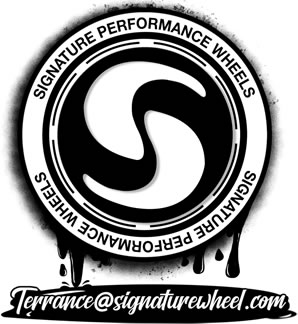The_Ghost
Seasoned Member
Most gasoline with its "winter blend" already has an anti-freeze in it. Us older guys know it as Liquid Heet. This used to be used to remove water from the fuel and keep it from freezing in your lines. But, most gasoline refineries now add this online and it's no longer really needed. Or at least this is the way it was explained to me by my ex-father-in-law.I know this isn't one "those" forums, and I certainly don't want to get into any kind of pissing match here, but science says that adding fresh gas to a tank of old gas will not magically remove the water. That would require a chemical reaction that simply does not happen.
If you can prove me wrong, using science, then I'd love to be educated and I promise I won't get upset and start to cry or anything like that...





